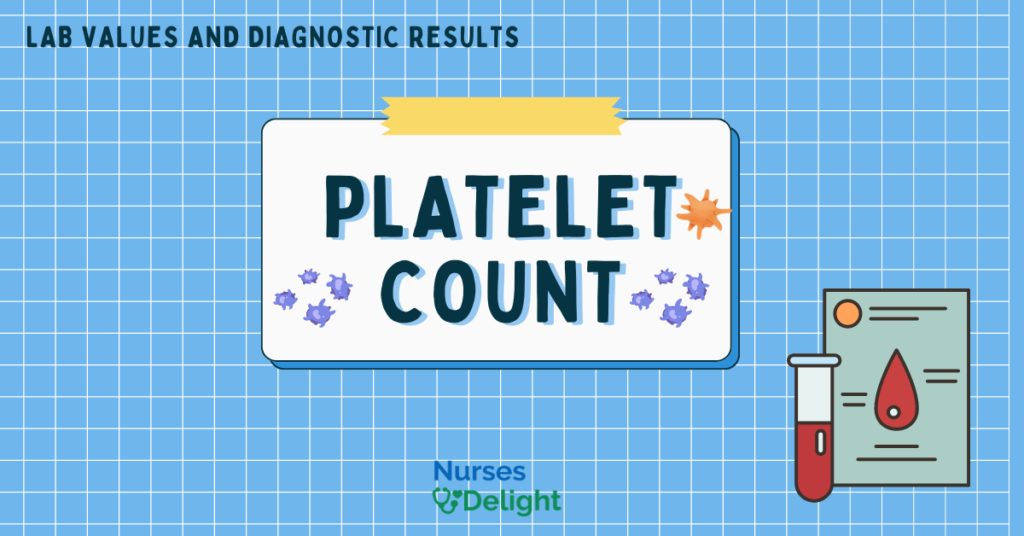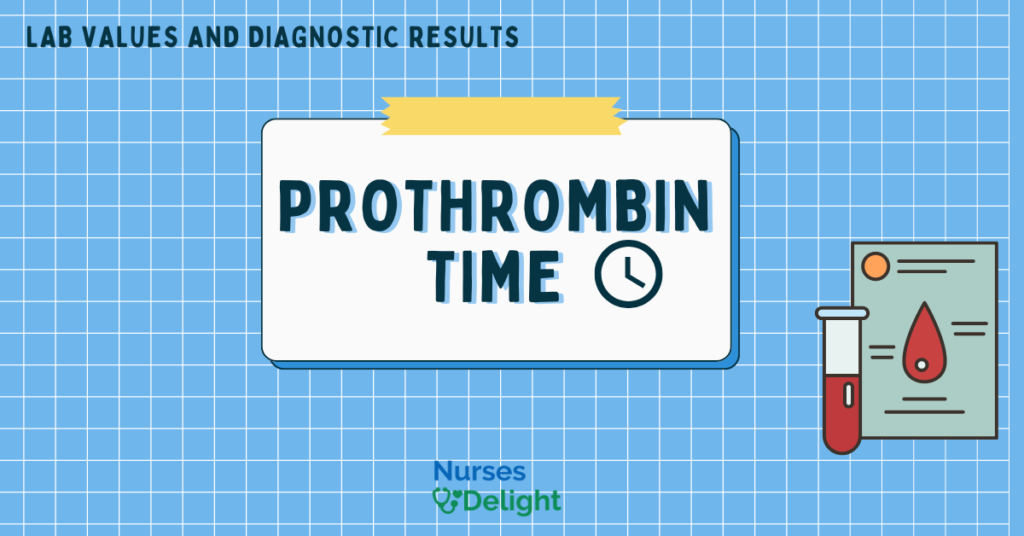Platelet count is done as part of the coagulation profile alongside;
- Prothrombin time/International normalized ratio
- Activated partial thromboplastin time
- Bleeding time, and
- D-dimer
Platelets are the smallest blood cells and are produced in the bone marrow by the fragmentation of megakaryocytes. They play a vital role in hemostasis.
Normal Range
150,000 to 400,000 cells/mm³
Indications
Indications of platelet count include;
- To verify the presence of thrombocytopenia, a low platelet count that may be connected to bleeding
- To verify thrombocytosis, which can result in a high platelet count and enhanced clotting.
- To determine the potential cause of any unusual bleeding, including menorrhagia, gingival bleeding, hematuria, epistaxis, and hematomas.
- To perform screening as part of a complete blood count during a routine physical examination, particularly before to surgery or upon admission to a medical facility.
Interpretation
A platelet count of less than 150,000 cells/mm is thrombocytopenia and platelet count of more than 400,000 cells/mm is thrombocytosis.
Increased Levels
Platelet levels in the blood can be increased by the following;
- Iron deficiency anemia
- Post splenectomy
- Polycythemia vera
- Rheumatoid arthritis
- Malignant disorders.
Decreased Levels
Platelet levels in the blood can be decreased by the following;
- Immune thrombocytopenia
- Thrombotic thrombocytopenia
- Disseminated intravascular coagulation
- Cancer
- Chemotherapy
- Hemorrhage
- Hemolytic anemia
- Infection.
Interfering Factors
- Drugs that may decrease platelet counts include amphotericin B, anticonvulsants, barbiturates, dextromethorphan, mefenamic acid, nitrofurantoin, sulfonamides, and tetracycline.
- Drugs that may increase platelet counts include glucocorticoids.
- X-ray therapy may also decrease platelet counts.
- Blood counts can have different outcomes depending on the patient’s posture. Recumbent position causes hemodilution and can cause platelet counts to decrease. When the patient rises, there is hemoconcentration, and this can cause the values to increase.
- Stressors like high altitudes and intense exercise can cause platelet counts to increase.
- Pregnancy and menstruation can cause platelet counts to decrease.
- Leaving the tourniquet in place for more than 60 seconds can have an impact on the results.
- Because traumatizing venipunctures activate the coagulation sequence, they can produce false positives.
- If the tube is not filled all the way (that is, less than 75 percent full), the sample volume produced by the automated analyzers may be insufficient, and the specimen may be rejected.
Nursing Implications
Pretest
- Obtain the patient’s medical history, including a list of all known allergens.
- Obtain the patient’s medical history regarding their immune system, hematopoietic system, history of bleeding problems, and the outcomes of any previous tests or procedures—in particular, the bleeding time, complete blood count, clotting time, partial thromboplastin time, prothrombin time, and platelets.
- Obtain a list of all the drugs the patient is taking, including acetylsalicylic acid, herbal remedies, nutraceuticals, anticoagulant therapy, and other drugs that are known to interfere with coagulation. It is advised to stop using it 14 days before to any dental or surgical operations.
- If the patient frequently utilizes the requested laboratory and/or health care provider, they should be informed.
- Make a note of any recent practices that might affect the outcome of the test.
- Unless directed by a doctor, there are no limitations on food, drink, or medication.
- Talk over the process with the patient.
- Tell the patient that it will take five to ten minutes to collect the specimen.
Intra-test
- Ask the patient to avoid moving needlessly and to breathe normally.
- Take the usual safety precautions and adhere to the blood collection guidelines.
- After venipuncture, gather the specimen in a 5-milliliter lavender-topped tube.
- Ten gentle inversions of the tube are required to thoroughly mix the specimen. If the specimen is kept at room temperature, it should be examined within six hours, and if it is kept chilled, it should be examined within twenty-four hours.
- Additionally, two blood smears should be produced right away following the venipuncture and submitted with the blood sample if it is expected that the specimen will not be evaluated within four to six hours.
- Once the specimen has been labeled, quickly submit it to the lab.
Post-test
- Check the venipuncture site for signs of hemorrhage or hematoma development. Put a pressure bandage on it.
- Tell the patient to report any bleeding from their mucous membranes or skin.
- Remind the patient who has a lowered platelet count of the significance of taking preventative measures against bleeding and bruising. These include using an electric razor, a soft toothbrush, avoiding constipation, avoiding acetylsalicylic acid and related products, and avoiding intramuscular injections.
- If the patient is taking an anticoagulant, remind them of the significance of routine laboratory testing.
- Analyze test findings in light of the patient’s symptoms and the outcomes of other tests. Bleeding time, clot retraction, total blood count, red blood cell morphology and inclusions, platelet antibodies, and white blood cell count are related laboratory examinations.
References
- Fischbach F., Dunning M. [2015] A manual of laboratory and diagnostic test. 9th Ed. Wolters Kluwer Health. Lippincott Williams & Wilkins.
- Schnell B et al. [2003] Davis’s Comprehensive Laboratory and Diagnostic Test Handbook—with Nursing Implications. F. A. Davis Company Philadelphia.
- Castellone, D. [1999] Coagulation the good, the bad and the unacceptable. Advance for Medical Laboratory Professionals.
- Cavanaugh, B. [ 1999] Nurses’ Manual of Laboratory and Diagnostic Tests, ed 3. FA Davis, Philadelphia.



